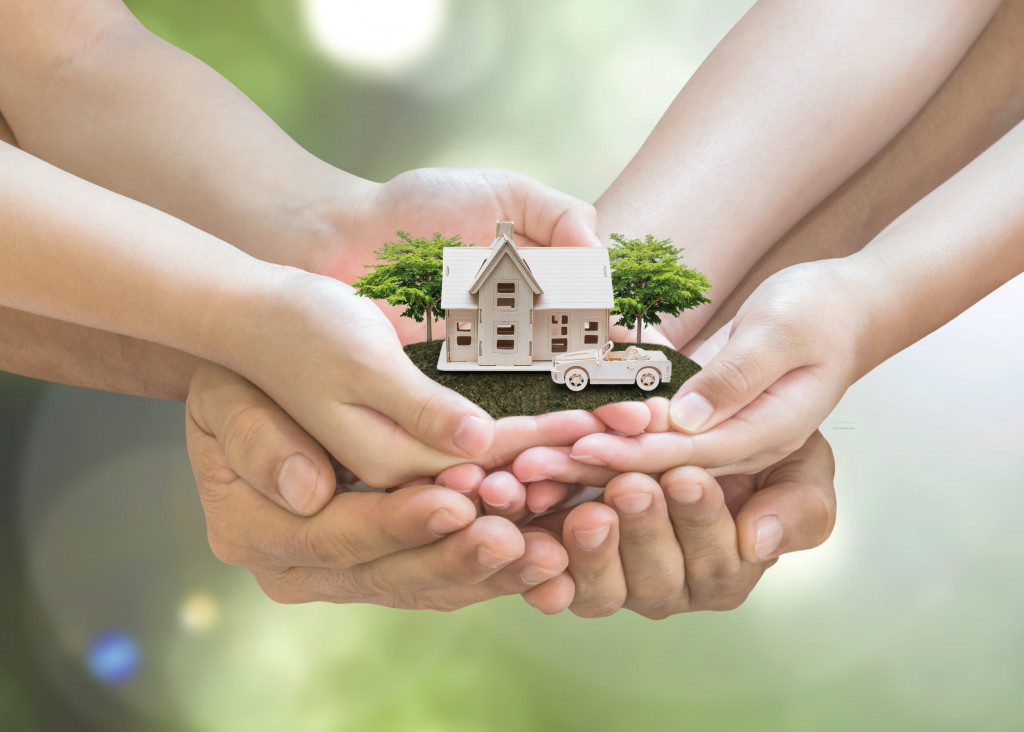The construction of commercial buildings has a significant negative impact on the environment and society itself. Commercial buildings use the most energy in the United States. Lighting and heating, ventilation, and air conditioning (HVAC) systems are the top energy wasters in the United States, eating approximately 30 percent of the energy. As such, many architects and developers turn toward sustainable construction practices to build eco-friendly and energy-efficient designs to decrease pollution, natural resources waste, and create a calming environment for people living or working in it.
Greener, More Environment-Conscious Building Efforts
In the past, a community’s development meant there would be environmental repercussions. But due to people’s increasing environmental awareness, combined with technological advancements, construction companies are now making extra efforts to be greener and more environmentally conscious.
Besides sustainable concepts, sustainable building practices also encourage renovating existing buildings rather than building from scratch. Recycling infrastructures can reduce operation costs and increase building resiliency. It can also decrease its environmental impacts.
To avoid material waste, many construction companies reuse construction materials such as bricks, wood, metal components, wall coverings, plasterboard, and copper pipes. To keep sustainable building efforts, companies tend to reuse these materials for other infrastructures, such as using reclaimed wood for wooden fixtures or reusing metal components for garage panel doors.
Sustainable versus Green Building
The terms green and sustainable have been used interchangeably for years in terms of commercial building and infrastructure. But there is a difference between them.
Sustainable building focuses on improving the overall performance while decreasing a building’s negative impact on the environment by coming up with a specialized design. It aims to build a better future for the upcoming generations. The goal of green building, on the other hand, is to have a minimal effect on the environment while creating energy-efficient and flexible infrastructures.
Simply put, sustainable building focuses on the environment while considering all three pillars of sustainability—planet, people, and profit—while green building does not.
The Six Principles of Sustainable Building
According to the National Institute of Building Sciences, there are six fundamental principles of sustainable building design. Here’s a quick breakdown of each principle:
- Protect Resources Such as Water: Resources in the United States are getting scarce every year; therefore, commercial buildings must use the resources efficiently. An excellent example of this resource is freshwater. Reserving freshwater resources can be done by minimizing consumption and recycling it.
- Optimize Energy Use: Sustainable building involves finding ways to improve energy efficiency and limit energy load to decrease energy independence on fossil fuels such as coal, energy, gas.
- Optimize Site Potential: With sustainable building, developers and designers must choose the right site to achieve a successful project. They must select their site appropriately since the location and a building’s landscaping affect transportation, local ecosystems, and energy use.
- Enhance Indoor Environment Quality: Commercial buildings should offer natural light, moisture control, proper ventilation, and temperature control for the occupants’ comfort, productivity, and health.
- Optimize Building Space and Material Use: Due to the world’s growing population, the consumption of natural resources will continue to increase. This is why it is crucial to achieve an intelligent use of materials and put them to good use, maximizing their value and conserving them simultaneously. Sustainable building aims to reuse materials in the most productive way and mitigates any environmental impacts.
- Optimize Operational and Maintenance Practices: Building owners face problems meeting demands for new or renovated sustainable building design. It aims to ensure an improved living or working environment, low energy cost, and high productivity while preventing failures. Engineers, architects, and other site contractors specify materials that simplify operational practices, reduce water and energy requirements, and require less toxic chemicals.
Importance of Sustainable Building

As previously said, sustainable construction design aims to help the environment by reducing or preventing the depletion of natural resources. It creates a safe and welcoming environment that assures safety and productivity.
The goal is to eliminate several negative impacts through skillful design and thorough planning. A sustainable design will make buildings more attractive, improve the quality of the indoor environment, and minimize environmental impact through resource conservation.
Sustainable building design also understands that the projects should benefit the business, society, and the world. It oversees the areas for improvement with the materials used and the job site to ensure the smallest environmental footprint.
Sustainable practices, no matter how big or small, will affect the world’s future. As mentioned earlier, sustainable construction considers all three pillars of sustainability, namely people, planet, and profit or the business itself. It builds yet considers the future, the environments, and the company.
Buildings use resources such as energy, water, and raw materials, which generate waste. Choosing a sustainable building design will help you reduce the operation cost, carbon footprints, and increase livability, building resiliency, and productivity. Greener practices and environmental awareness have increased due to global warming, and this reason alone should nudge you toward sustainable building practices.





